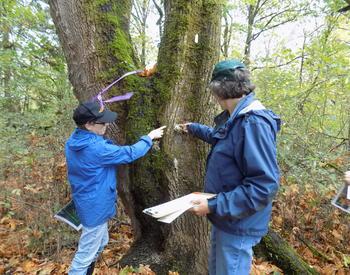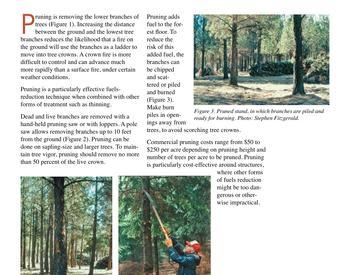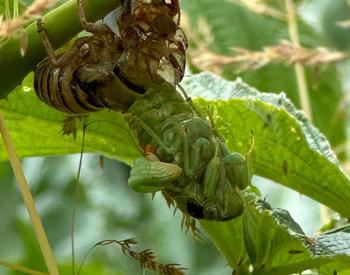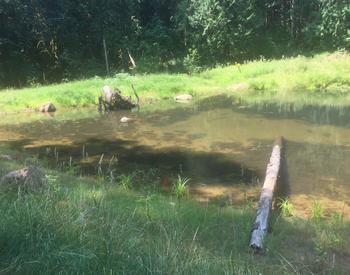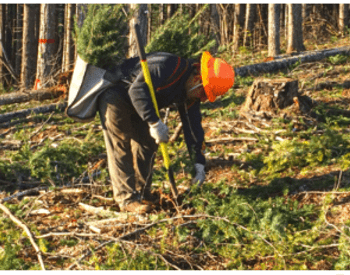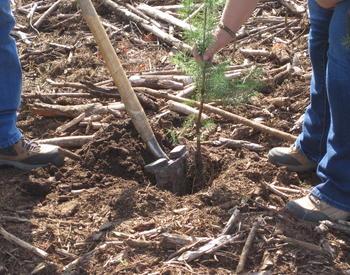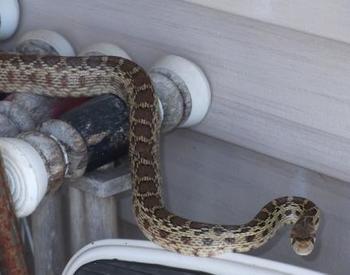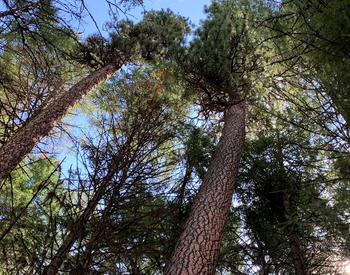The health of insect pollinators is an issue of increasing concern and attention. Both managed bees (honeybees) and native bees face various threats, including diseases, chemical use and loss of suitable habitat.
\While pollinators can include other insects (flies, butterflies, etc.), bees are considered some of the most important. Without healthy bee populations, many flowering crops we humans depend on would not flourish, and native ecosystems that other animals depend on would be impaired.
Because many individuals and organizations are interested in protecting and conserving bees in Oregon, the Oregon Bee Project came into being to be a clearinghouse of information and a facilitator of bee conservation and education initiatives. By bringing together researchers, Extension, nonprofits and other groups that are involved in pollinator conservation, we can attend presentations and field trips to learn more.
It turns out that many of Oregon’s 800 species of native bees live in forests. However, we are just beginning to learn about their populations and their roles in forest ecosystems. The goal of current research is to understand more about the role that forests play in supporting native bee populations.
Dr. Jim Rivers, a professor in OSU’s College of Forestry, and Dr. Sara Galbraith, a post-doctoral researcher affiliated with his lab, are really at the forefront of forest pollinator research in Oregon. One of their main messages is that recently harvested forest areas are especially important for native bees.
Although many people might look at a clearcut and think it is devoid of habitat value, the research indicates otherwise. It makes sense when you think about it — open areas such as clearcuts have abundant flowering plants, providing bees with a food source (pollen and nectar). Moreover, these areas also provide ideal nesting sites for bees.
Many native bees are ground nesters that create burrows in the soil. Areas with exposed mineral soil are the best nesting sites, and that exposed soil can be found along roadbeds and places where slash has been removed or burned. Other bees nest in wood cavities, which may be found in down wood, stumps and snags. Then, there are those that like to hollow out pithy stems such as blackberry or elderberry stems and nest in there.
Preliminary studies suggest that the window during which native bees proliferate in recent clearcuts seems to be relatively narrow. As new trees begin to dominate the vegetation, there is less sunlight and flowering plant abundance drops off. But there are still many questions to be answered, including whether and how forest managers can adopt specific practices to protect and enhance bees. We also don’t know to what extent bees utilize older forests.
Many small woodland owners would like guidance on what they can do to manage their forests for pollinators. We’re not at the point where we can offer specific guidance, but that is certainly a goal. In the meantime, we can talk about broad bee-friendly guidelines, such as maintaining nesting habitat (see above) and floral resources.
And, soon we will have some research and demonstration sites. A few OSU Extension agents are working with the Oregon Department of Forestry and the Oregon Bee Project to install bee monitoring and demonstration plots. Fortunately, the Oregon Bee Project has fantastic resources available to help us with that, and some of our volunteers will be helping too.
